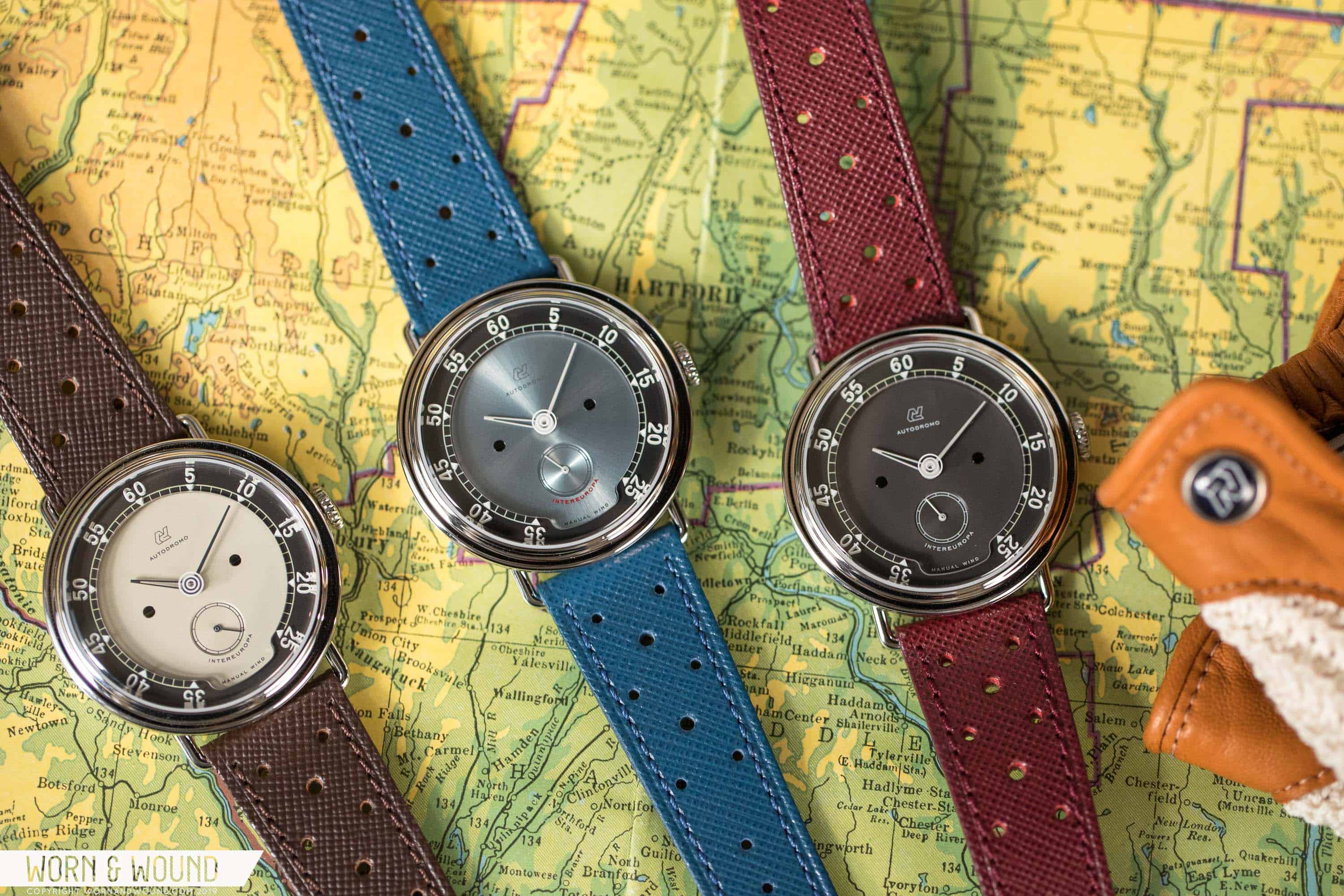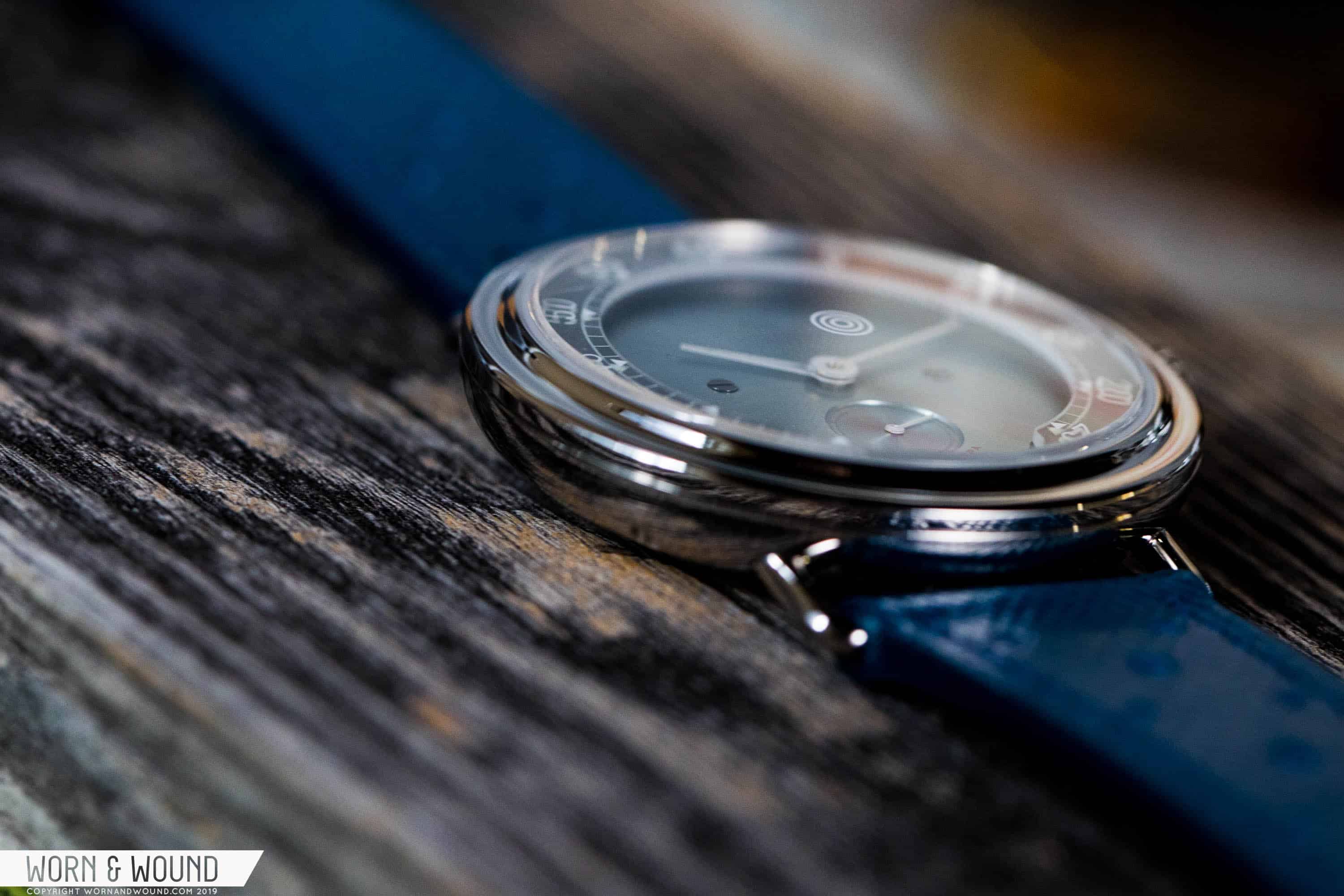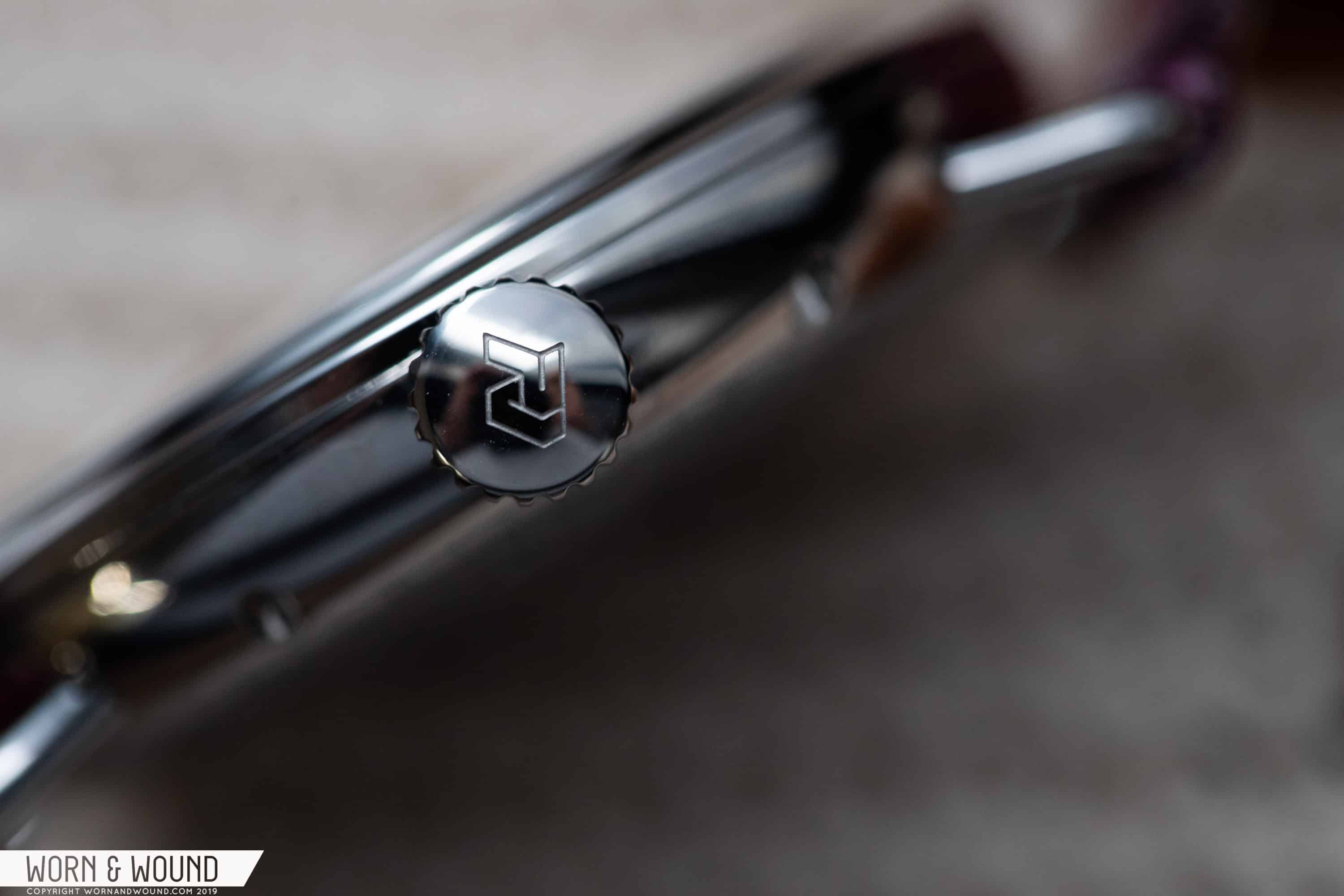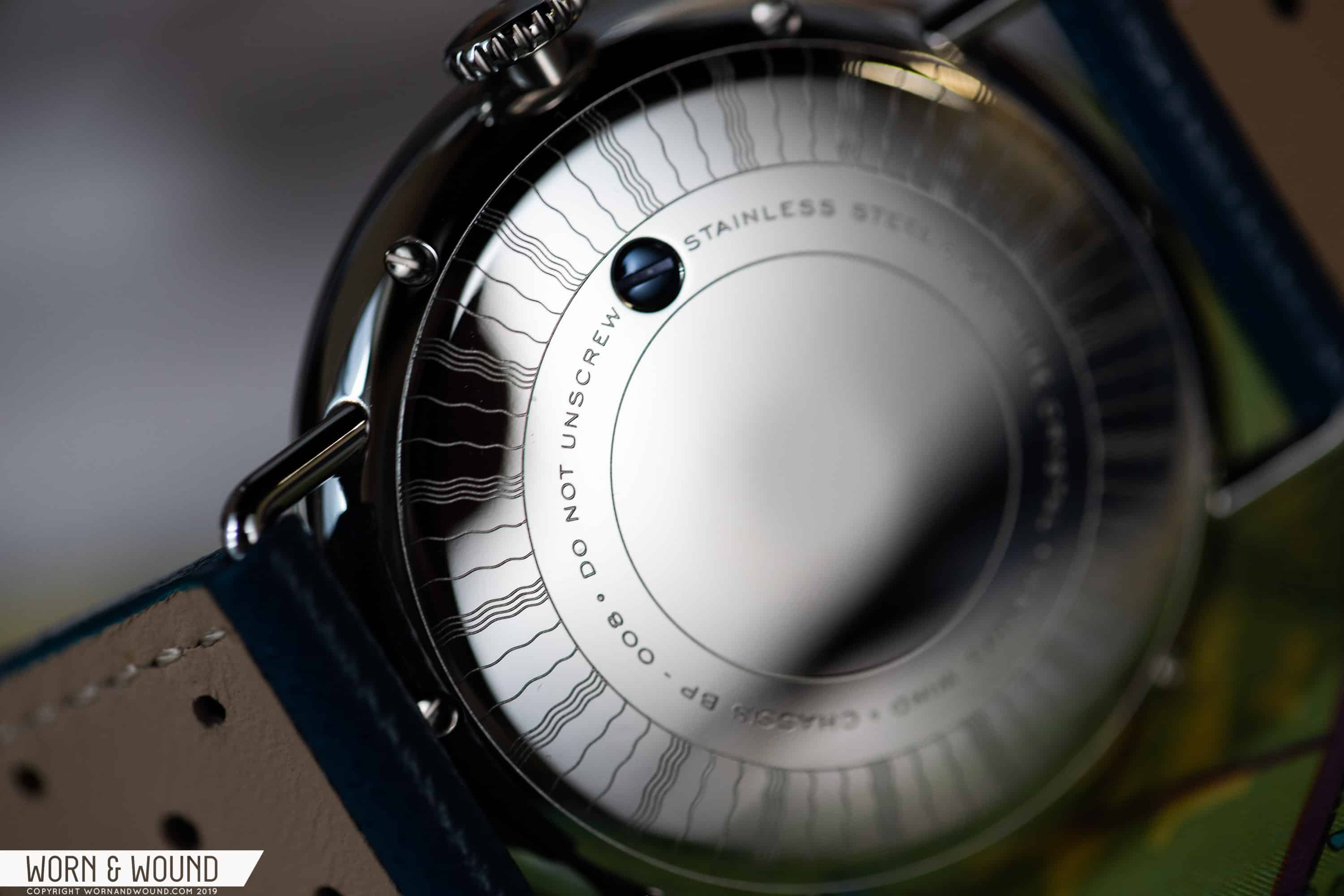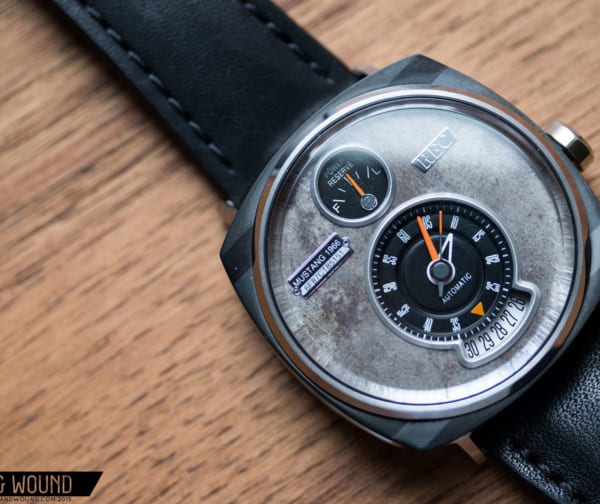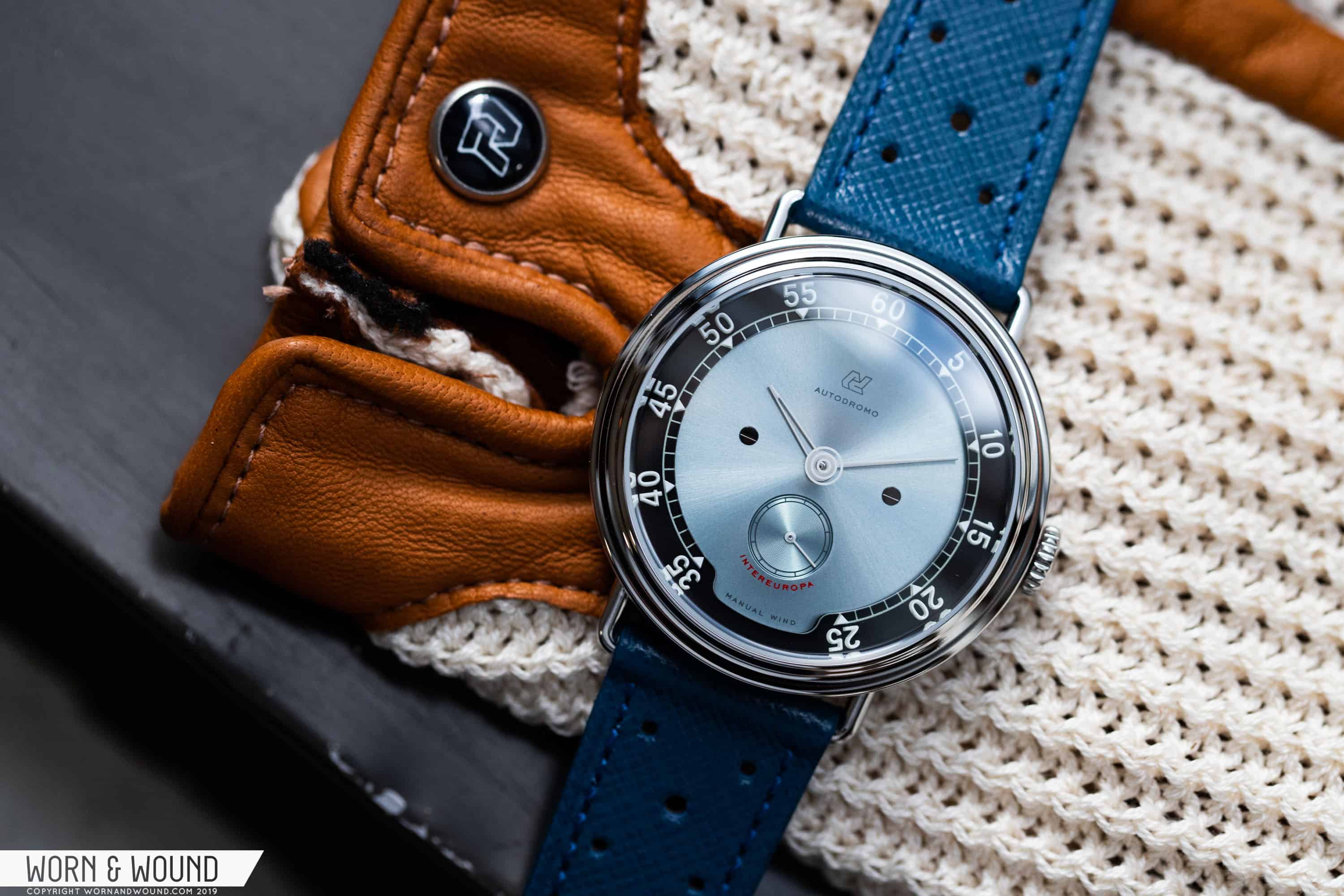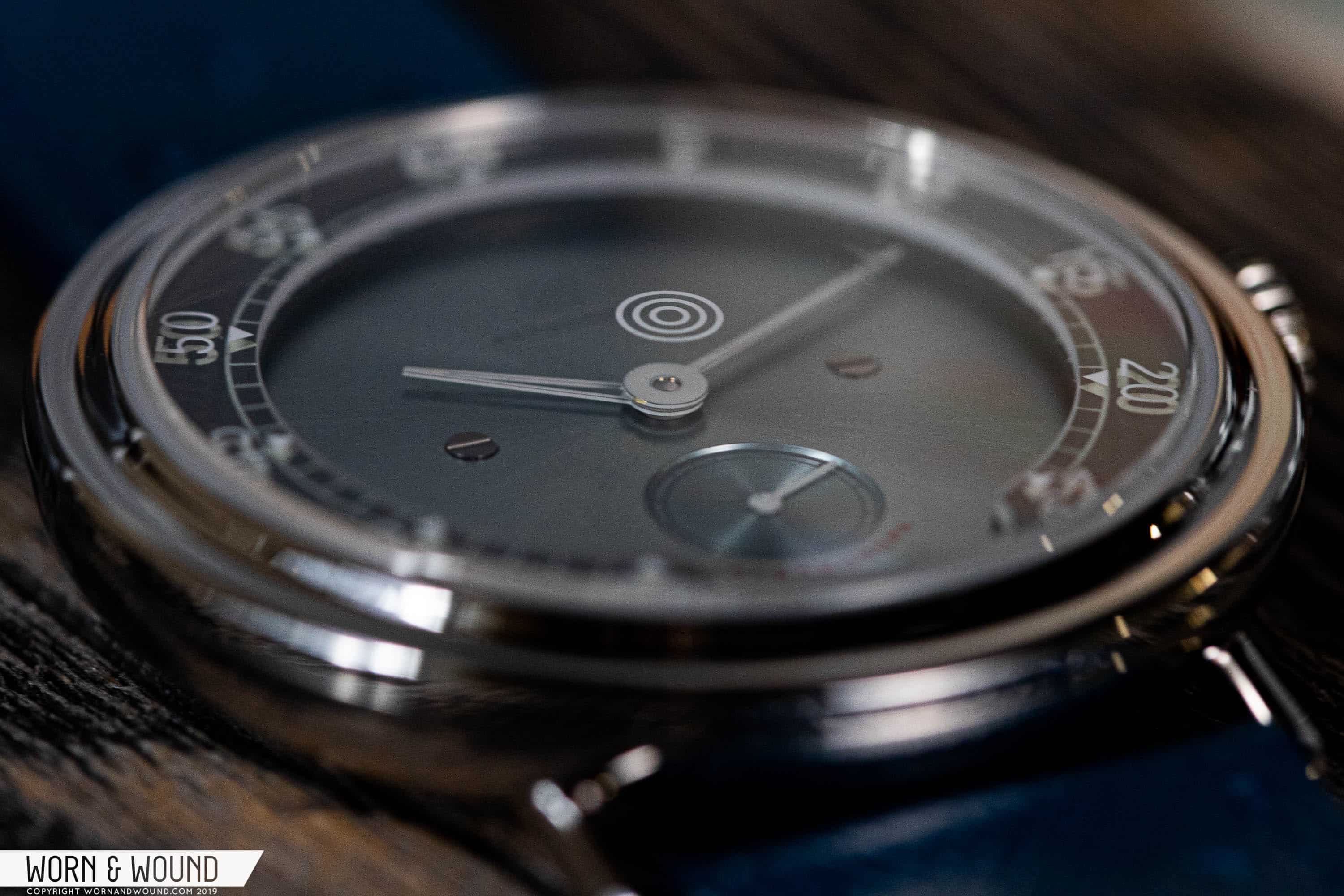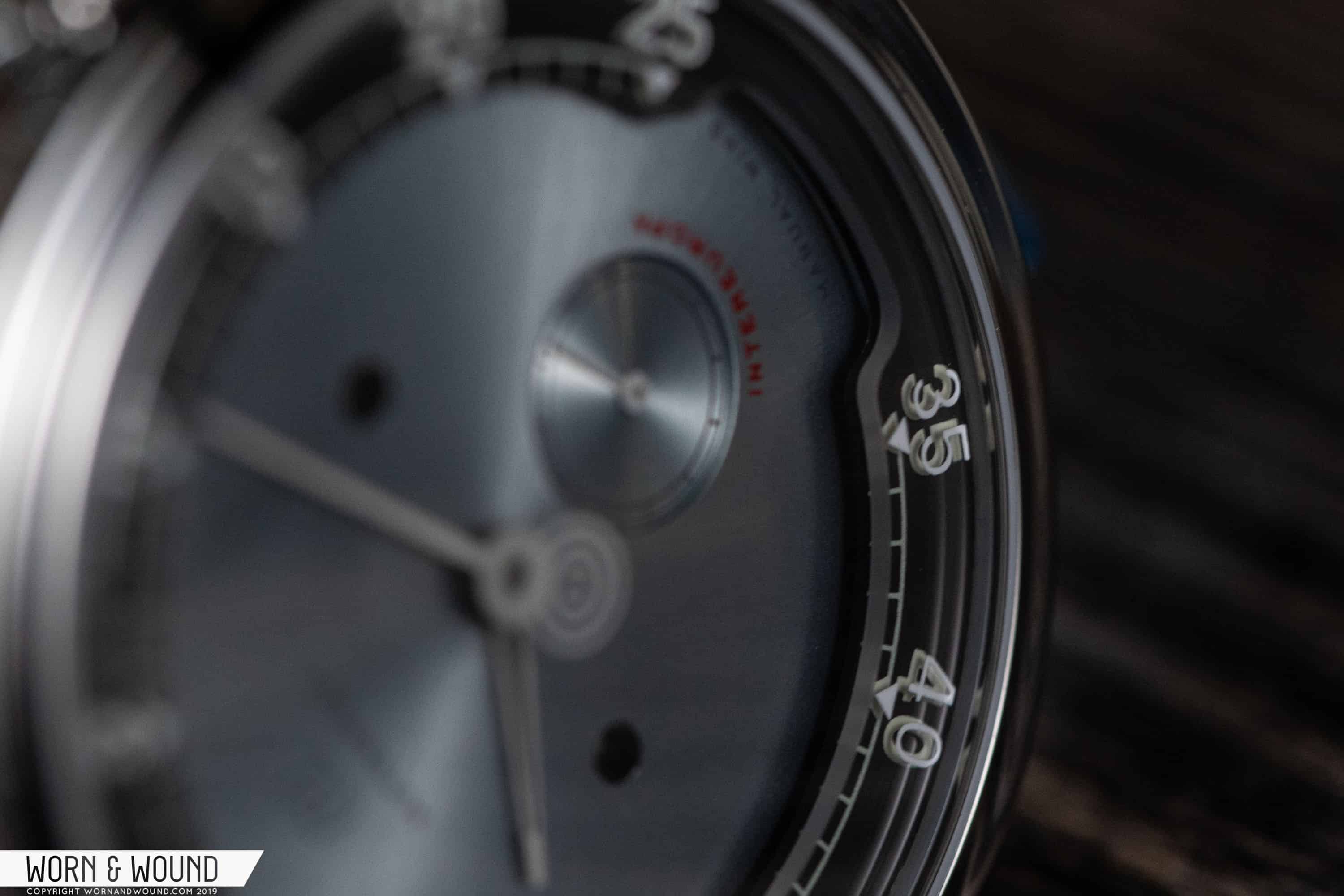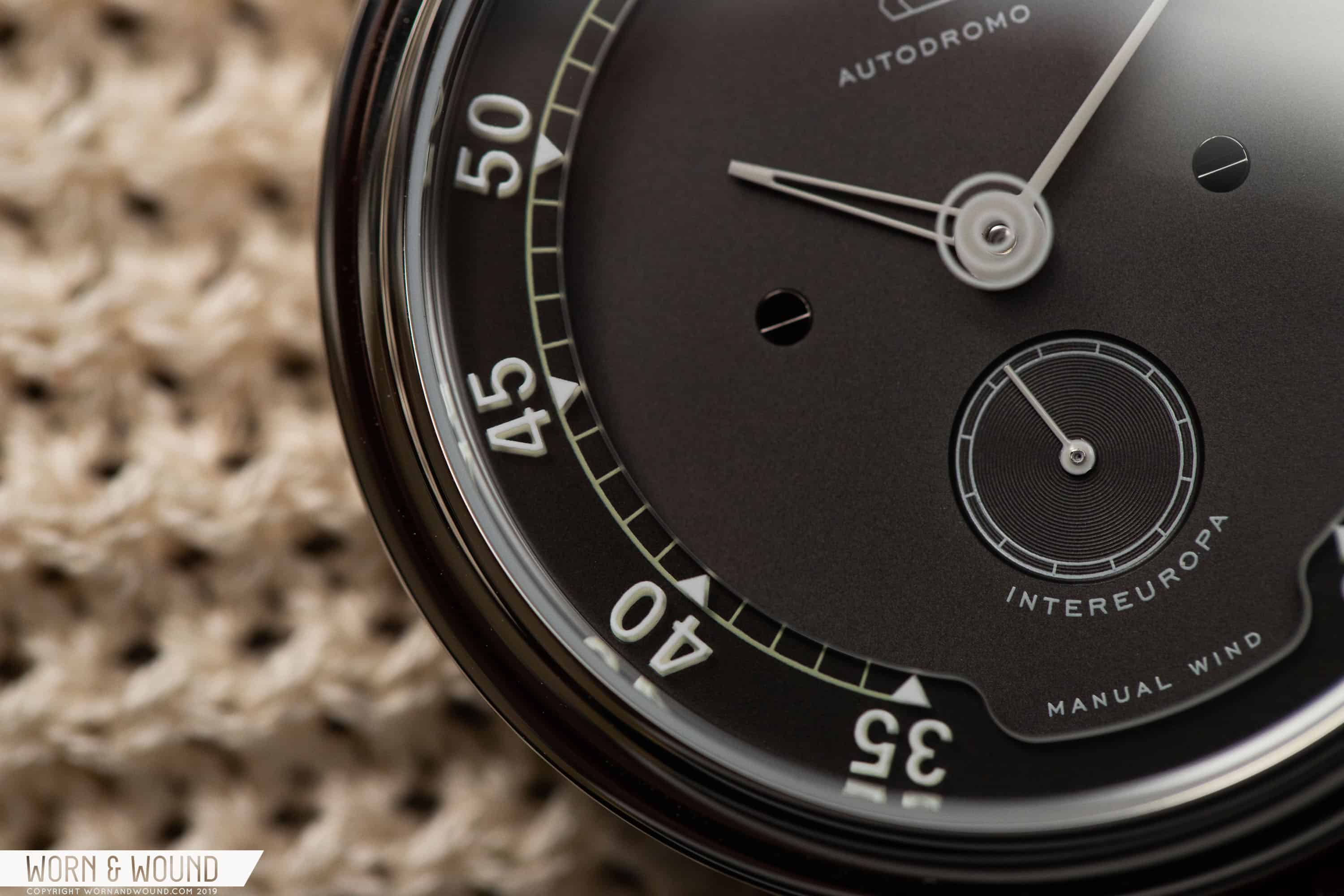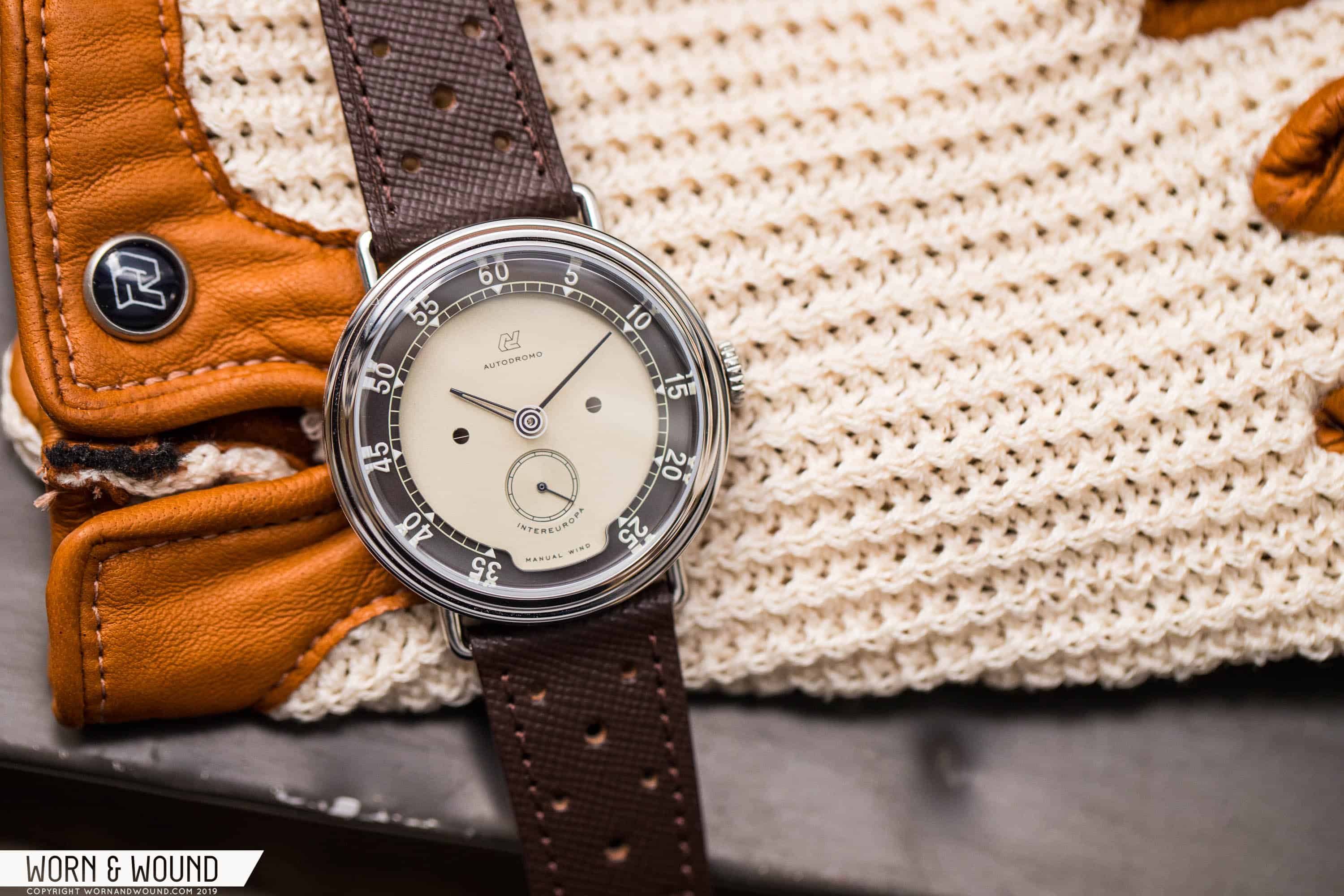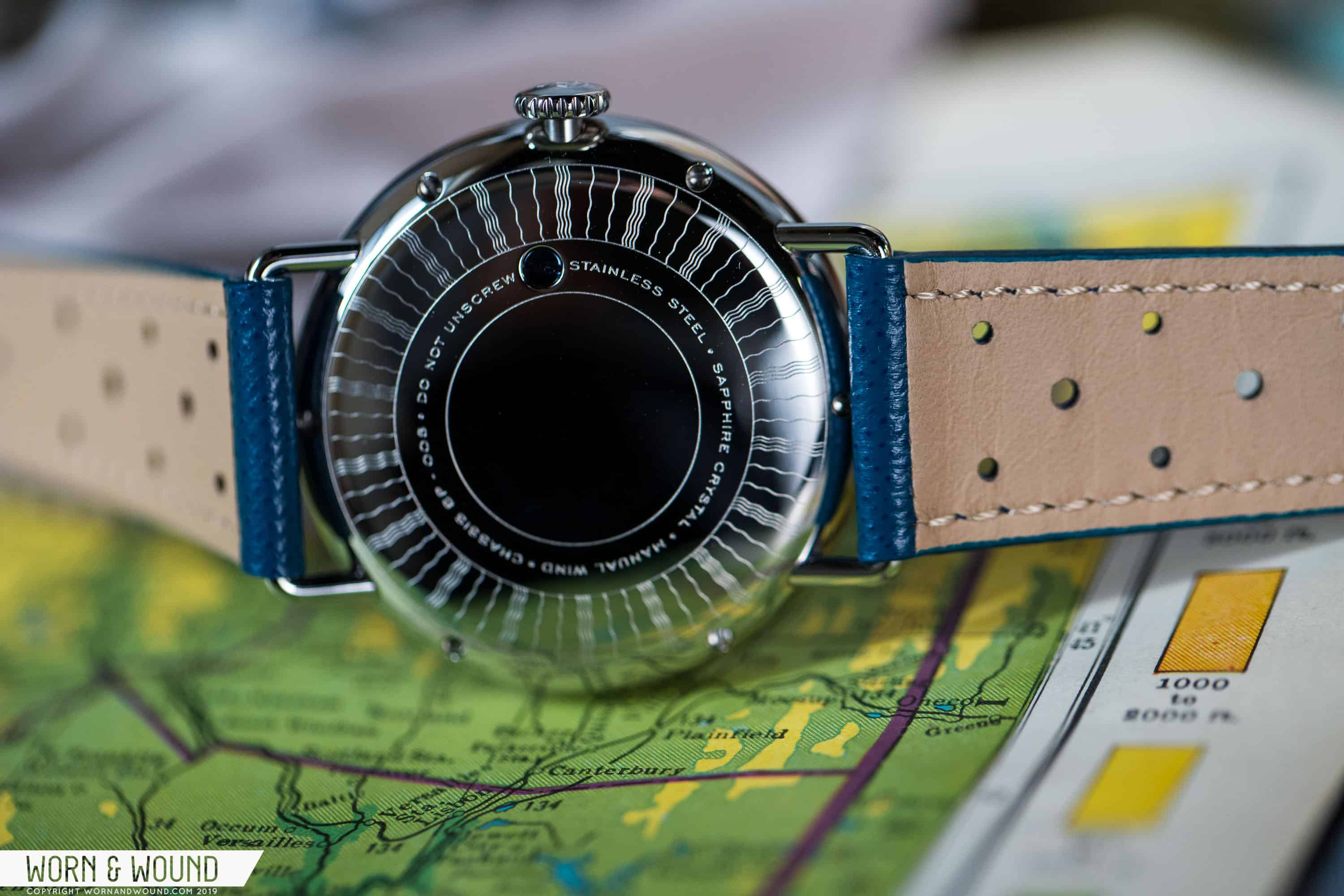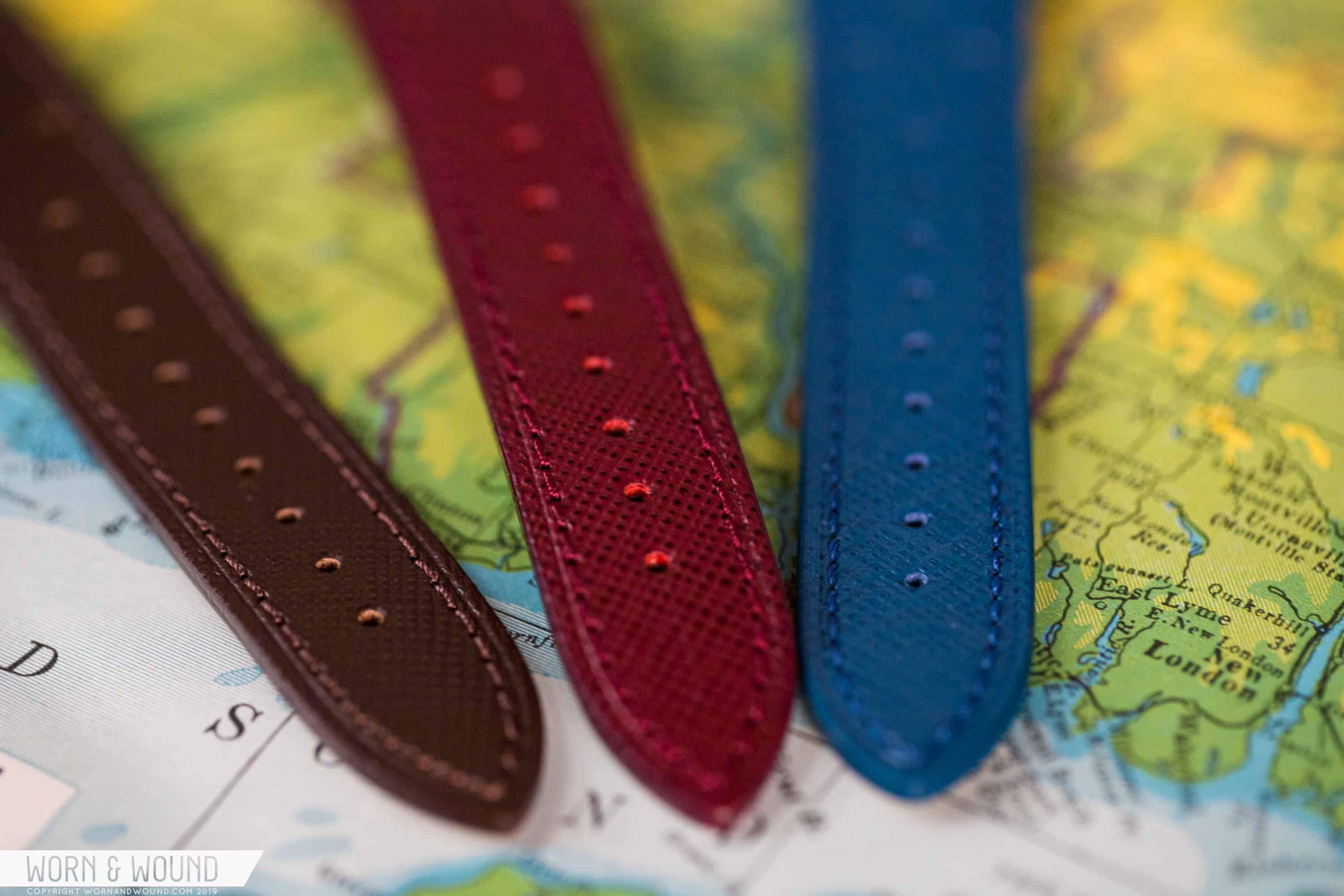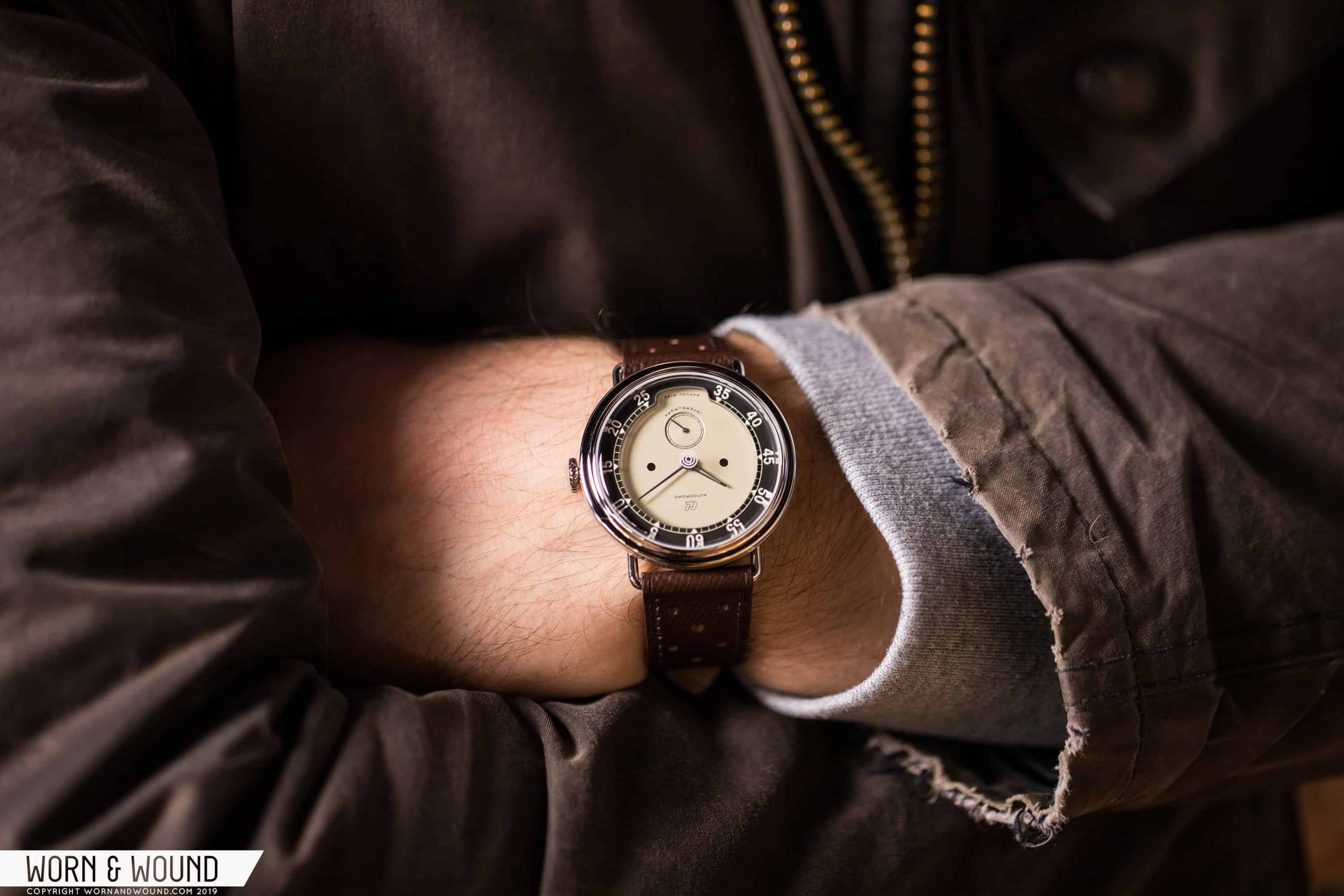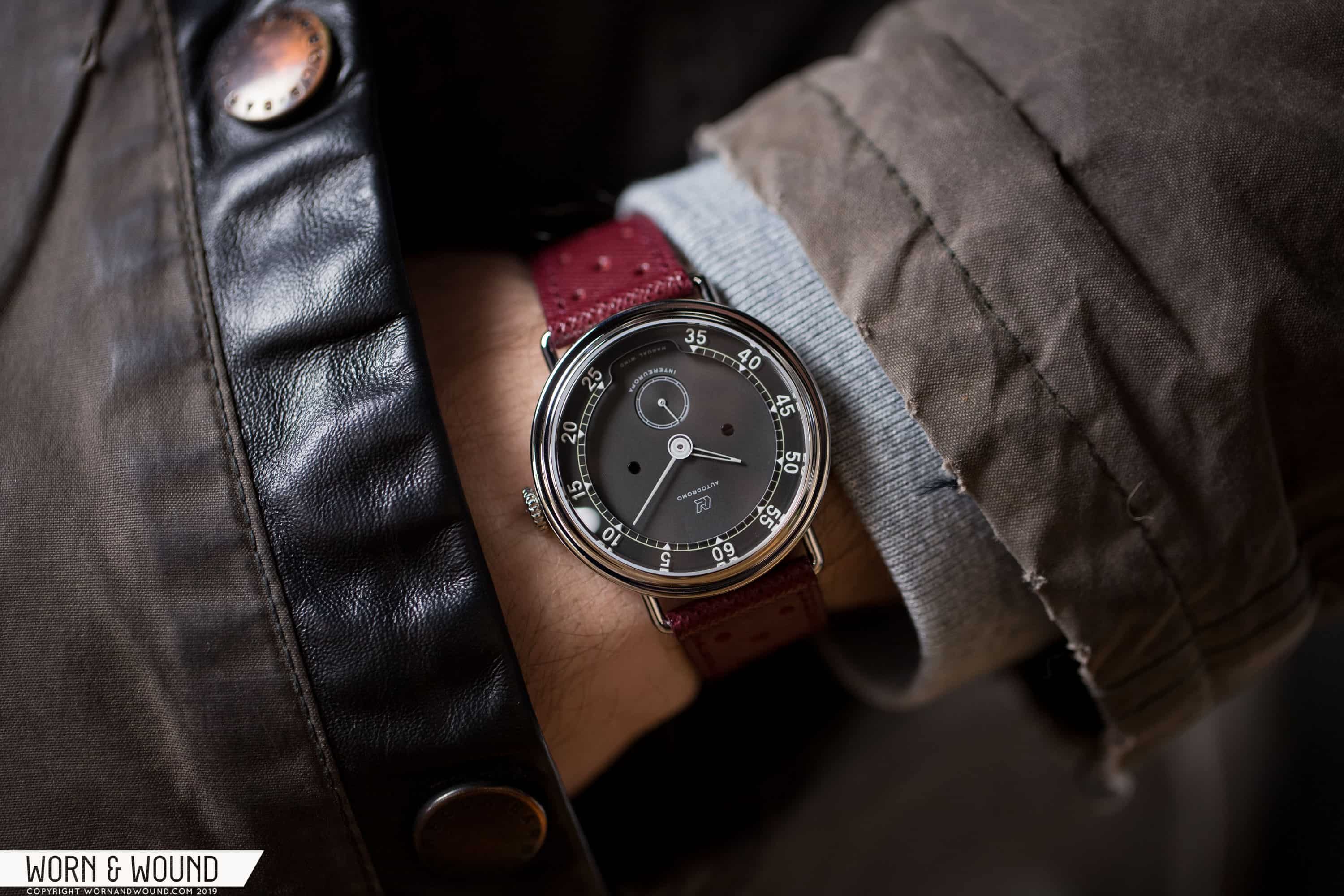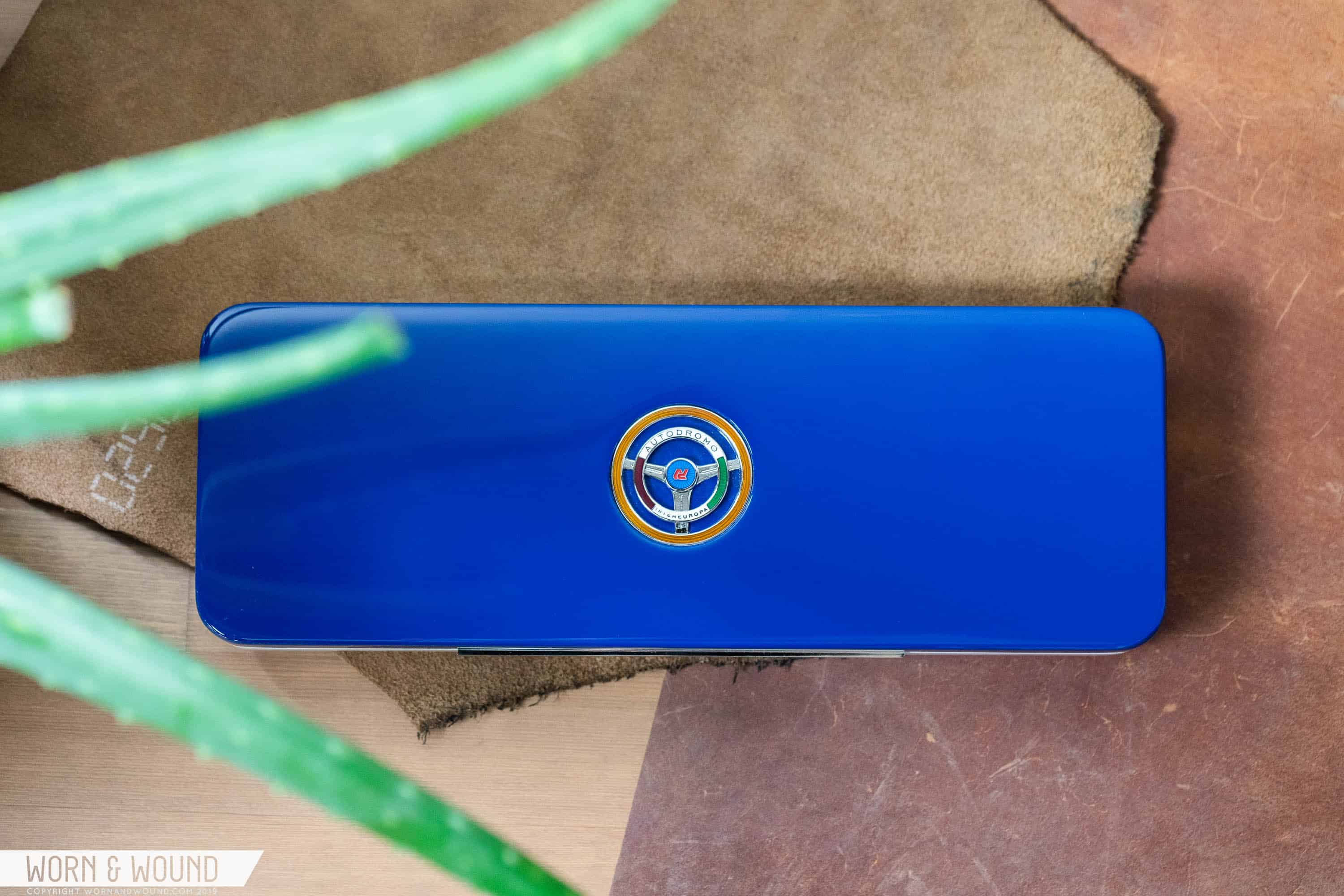When I think about automotive inspired watches, the brand that immediately comes to mind is Autodromo. Yes, there have been great individual watches and brands tied to the automative world throughout the years, but today, I really cannot think of any brand that distills the essence of cars and car culture quite the way that Autodromo does it. Whether it’s the elegant, Italian-inspired Monoposto and Stradale, or the unabashedly ’80s-inspired Group B, Autodromo’s Bradley Price pulls his inspiration, filters it through his eye, and creates a damn fine watch as the end product.
The brand’s latest is the Intereuropa, and according to Bradley, the name and inspiration comes from the “Coppa Intereuropa race for sporting coupes held at Monza from 1949-1964 as a support race for the Italian Grand Prix.” These races featured berlinettas from the likes of Ferrari, Maserati, Alfa Romeo, and Lancia. Now, this isn’t unfamiliar territory for Autodromo; the aforementioned Stradale was also inspired by Italian sports cars of the late ’50s and early ‘60s. But this isn’t a retread; the execution here feels fresh, and I would argue it’s several steps above the now sold out Stradale, which I thought and continue to think is an exceptional watch both in terms of its construction and its design.
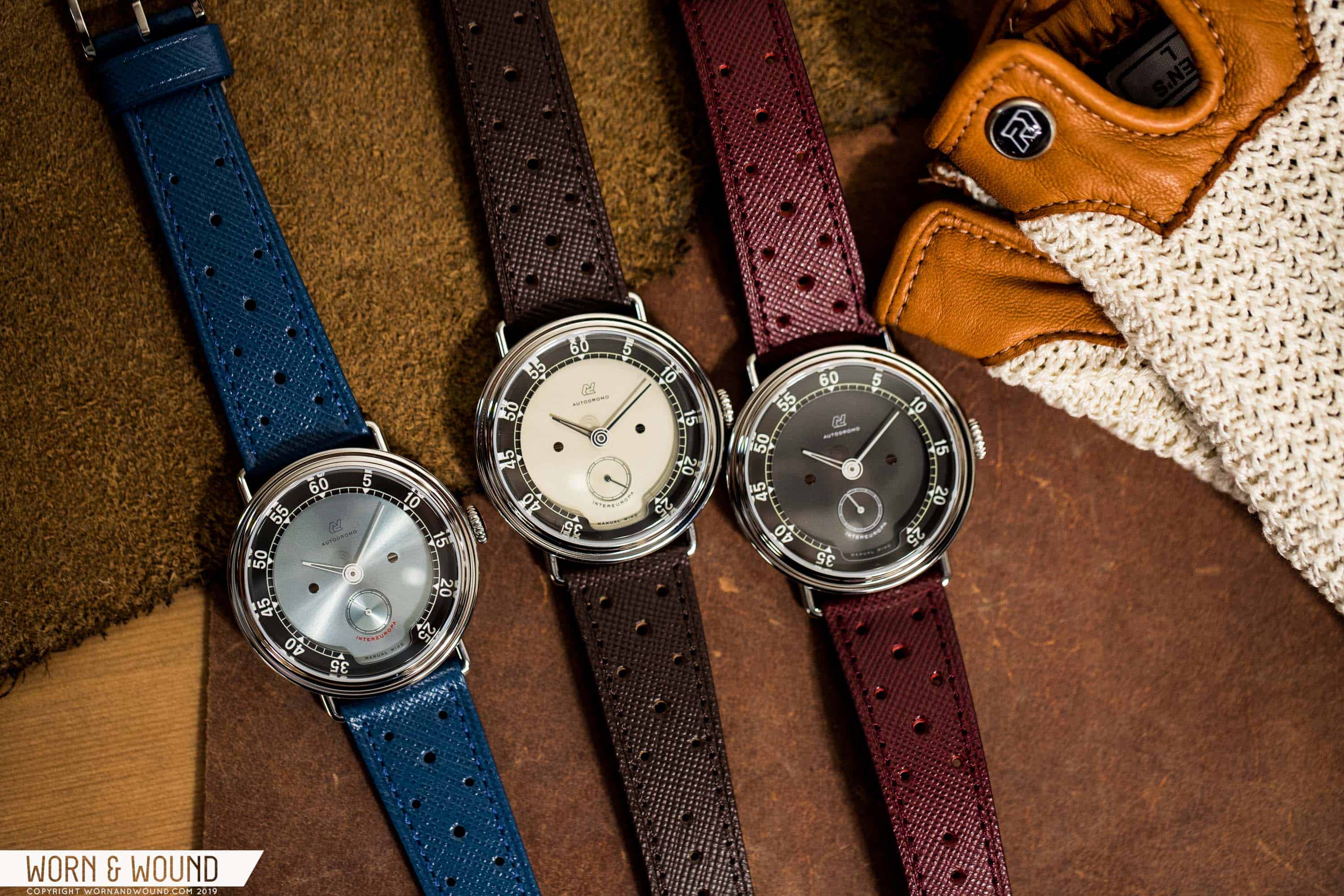 Worth noting is that this is Autodromo’s first mainline watch with a Swiss movement. In this case, we have an ETA 7001, a high-end hand cranker that’s long been a staple in the industry. While there is nothing wrong with Miyota or Seiko movements, the inclusion of a Swiss caliber here, and a fine one at that, certainly ups the perceived value of the watch. I’m personally a big fan of the 7001, so it’s a welcome addition for me.
Worth noting is that this is Autodromo’s first mainline watch with a Swiss movement. In this case, we have an ETA 7001, a high-end hand cranker that’s long been a staple in the industry. While there is nothing wrong with Miyota or Seiko movements, the inclusion of a Swiss caliber here, and a fine one at that, certainly ups the perceived value of the watch. I’m personally a big fan of the 7001, so it’s a welcome addition for me.
But I’ll get into all of that in the review below. First, let’s get the specs out of the way.









 Featured Videos
Featured Videos




